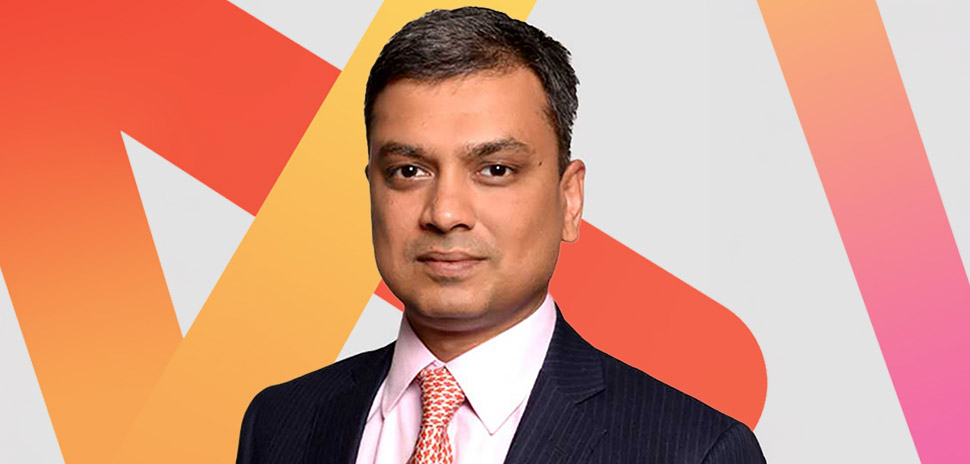Huawei Technologies, the Chinese tech company with its U.S. headquarters in Plano, is making progress toward its goal of becoming the largest smartphone maker in the world by 2021, according to a report on MacRumors.
Huawei is the world’s third-largest smartphone maker behind Samsung and Apple Inc. Earlier this year, Fast Company named Huawei one of the “World’s 50 Most Innovative Companies,” noting its new Mate 9, the first smartphone to be embedded with Amazon’s Alexa assistant.
Latest data showed that Huawei’s market share rose 10.7 percent in the quarter that ended in June. Huawei shipped an estimated 38.4 million smartphones in the quarter, a rise of 20 percent over the same quarter a year ago, MacRumors reported.
That compares to Apple’s sale of 41 million iPhones during that quarter, which was up almost 2 percent from the 40.4 million iPhones sold in the same quarter last year.
“Huawei is now closing in fast on Apple, and Apple will be looking nervously over its shoulder in the next few quarters.”
Woody Oh
“Huawei is now closing in fast on Apple, and Apple will be looking nervously over its shoulder in the next few quarters,” Woody Oh, director at Strategy Analytics, told MacRumors. “Huawei is outperforming across Asia, Europe, and Africa with popular Android models such as the P10 and Mate 9.”
Samsung still is the leader in the market with a 22.1 percent share of shipments, according to data from Strategy Analytics. Samsung shipped 79.5 million smartphones in the quarter, MacRumors said.
The website pointed out that Huawei may not be a familiar brand to many people in the U.S. because it lacks agreements with Dallas-based AT&T Inc., Verizon Wireless, T-Mobile, and Sprint.
Huawei has been aggressive in several European markets and launched its smartphones in Canada in June. Success in Canada could lead to the company taking on a larger market in the U.S., MacRumors said.
Reuters reported that Huawei has forecasted smartphone shipments of 140 million to 150 million this year, which would be a sharp slowdown in annual growth as the company chases profits rather than volumes by selling more high-end phones.





























